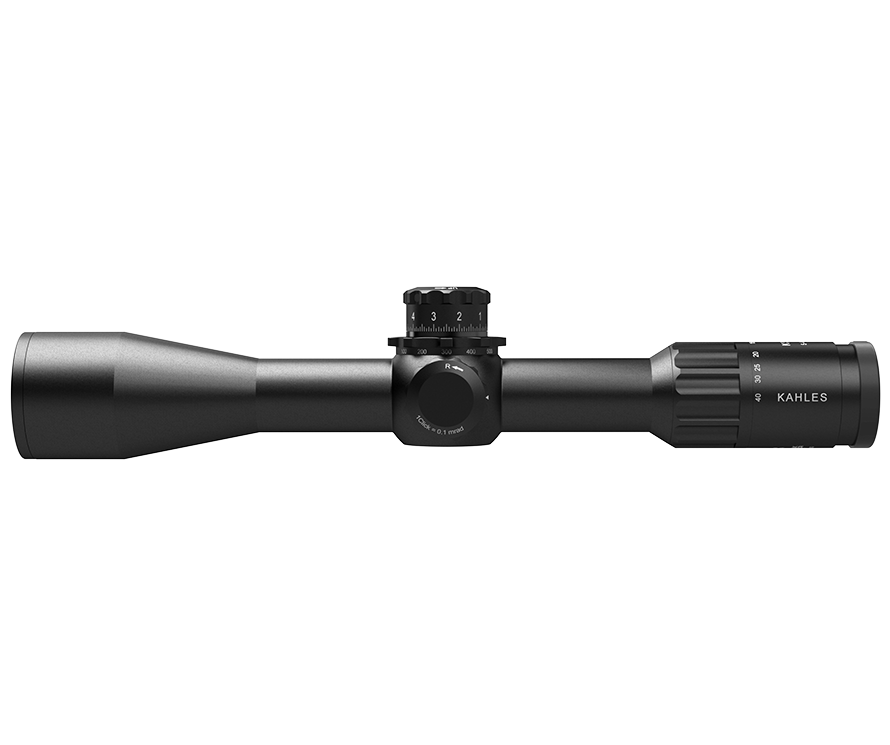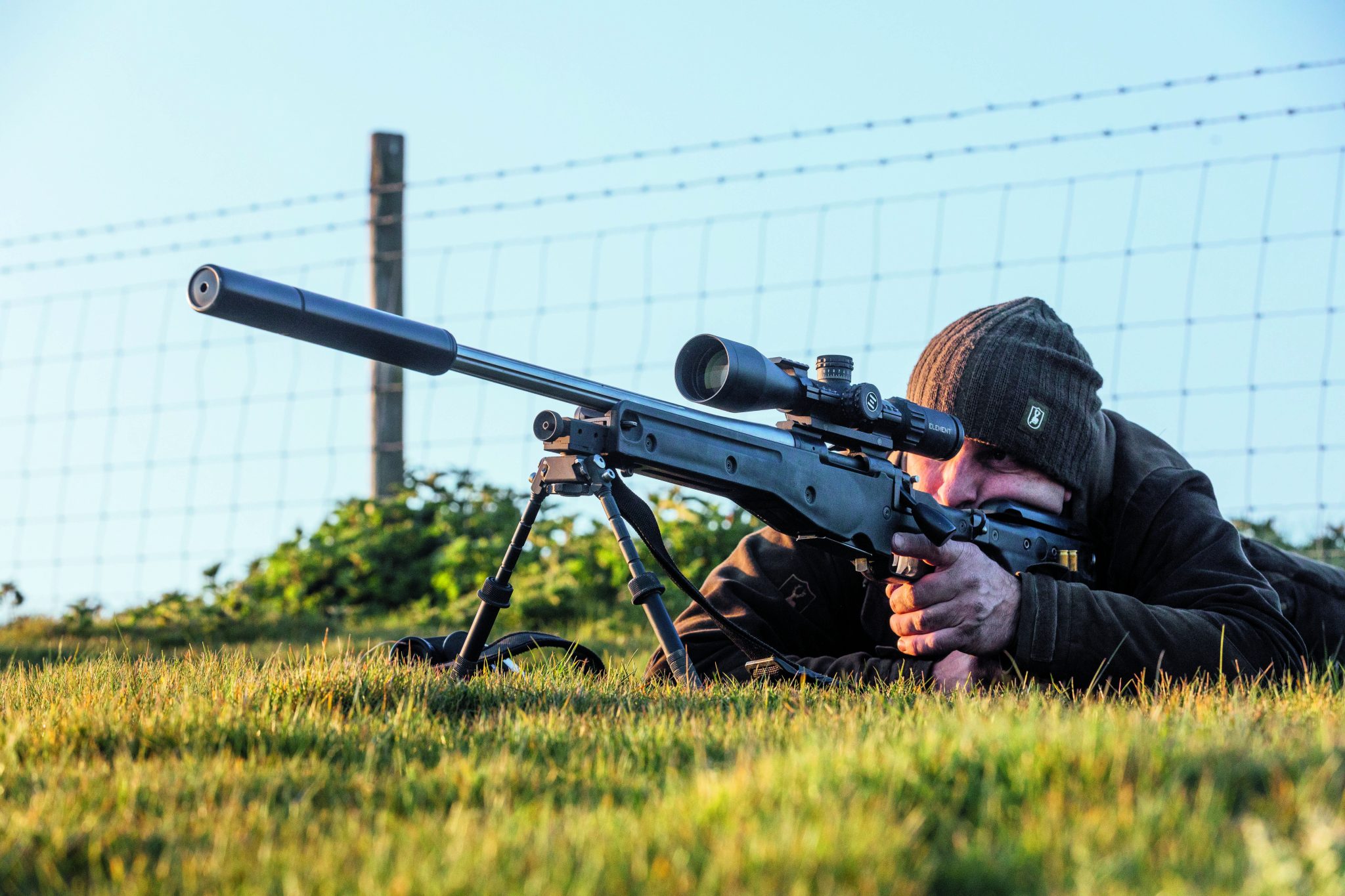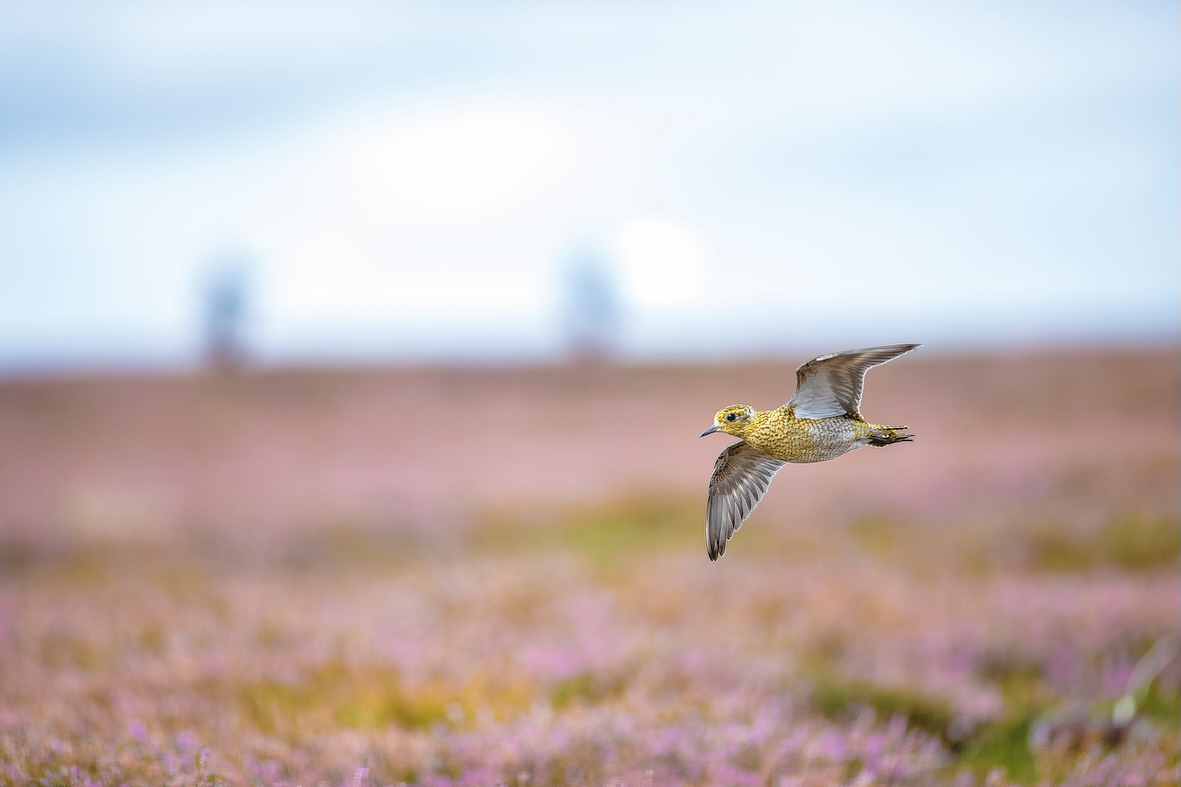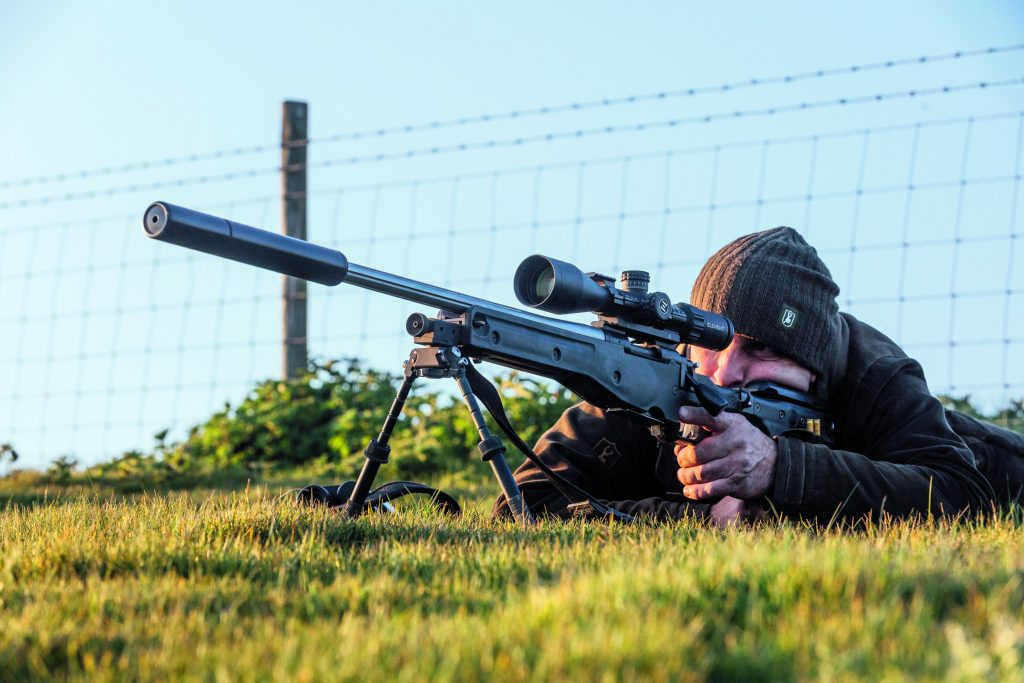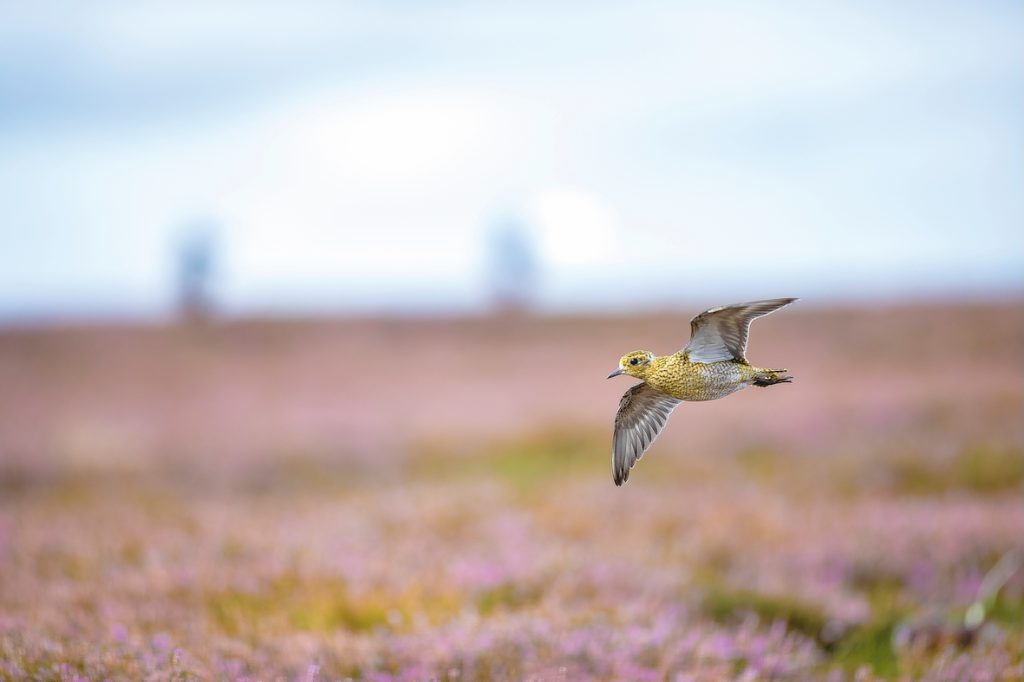News
The life and times of the roe deer
<strong>Richard Prior reflects on the roe’s changed status from unwelcome farmland vermin to prized quarry</strong>
Would you like to speak to our readers? We offer sponsored articles and advertising to put you in front of our audience. Find out more.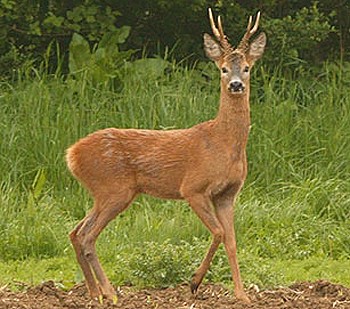
As the new roebuck season gets going, it is heartwarming to know how many new stalkers, proud of their DSC Level One and Two qualifications are burning to be out on one of those breathless late spring, early summer mornings in the woods. Bluebells, birdsong, the distant drum roll of a woodpecker and not least the off-chance of the sight of a fine buck in his newly burnished antlers. The changes that this marvellous beast has survived over a few decades are difficult to imagine. Once regarded as no more than vermin, they are now a prime quarry species.
Have we too many roe? Once upon a time, in the post-war days, possibly we did. The surge in numbers was largely the result of creating enormous areas of prime habitat, an effect of the press to replant old woodlands and plant new forests in the uplands which the roe were quick to occupy. That phase only lasted until the canopy closed, killing out the undergrowth and automatically reducing the carrying capacity. Forced to move out into farmland and other new territory, the deer were more visible ? and often less welcome. Where the population grew out of hand and the fields were large, we were greeted with the sight of groups of ?field roe? finding better feeding and safety in the open than in the depleted woods.
Fortunately for the roe, the enthusiasts for woodland stalking steered public opinion away from shotgun drives and snaring. These used to be the accepted methods of control, but were outlawed in 1963. After that, stalkers had to show that they were capable of offering a viable alternative ? a challenge that was not uniformly successful. Sport stalking of summer bucks, which the early writers such as Henry Tegner and Frank Wallace so enjoyed, had to turn into more serious roe management, involving hard graft through the winter, cutting down the breeding stock of does.
One possible solution to the claims of damage suffered by foresters and farmers from increased deer numbers was to make roe valuable. For this, we had to attract paying guests from the Continent where roe have been a valued game animal for centuries. After seeing our exhibit at the International Hunting Exhibition in Budapest in 1972, where 21 out of the 22 roe shown were of Gold Medal quality, word soon spread that there were heavy trophies to be had in Britain. Starting as a trickle of week-long visits, competition soon rose for exclusive stalking rights. So began the era of one block tenant taking all the stalking on an estate, probably employing his own full-time or part-time professional stalker.
For years this continued to be the norm among large landowners. Sometimes, but not always, the arrangement worked smoothly and well, but then easy travel within Europe and currency variations offered temptations in the Eastern Bloc and slowly the present situation developed where much stalking is taken by sporting agents and sub-let as short stalking holidays, usually two or three days at a time. The agent, frequently a hard-working stalker himself, has to account for the balance of the cull.
It is good news that the majority of today?s visitor-stalkers live and work in this country. Roe have finally become cherished here, in the same way that open-hill stalking for red deer (and now sika) has always been highly appreciated as wild sport. Luckily, we no longer have to travel from Euston ?to the moors? like Victorian sportsmen. Often there is excellent roe stalking within easy reach.
The perils of making a fast buck
How have the roe fared under these changing pressures? Inevitably there have been cases of over-exploitation of mature bucks, but these operators quickly learn that shooting too many middle-aged bucks leads to disaster. Too often at that stage they disappear, leaving the landowner and stalker to rebuild the age structure, patiently knowing that, from the damage point of view let alone the value of the stalking, a balanced population needs to be maintained.
Detailed management plans do look fine on paper, but the deer manager these days is faced with two unknown variables, one or both capable of wrecking any careful plan: poaching is one, the other is road casualties. Poaching has often been regarded as a minor nuisance, but with the enhanced market for venison, good night-vision equipment and high mobility, a gang can do significant damage to one?s roe herd in a single raid, not to mention wanton damage to fences, gates and crops and stolen farm equipment. Even so, getting a gang into court, let alone a conviction, seems a rare event. There are stories that when the police have turned out, blue lights are left flashing and a radio blaring to avoid any dangerous confrontations.
We do know more about road accidents involving deer thanks to the Deer Initiative. Its research showed that more than 42,500 and up to 74,000 deer may be involved in vehicle collisions each year in Britain. How is one to make precise cull plans faced with these figures? Fortunately, roe are a resilient species, capable of altering their habits to help survival and of breeding up replacements rapidly. Consequently, that the most successful plans are based on pre-season observation on the ground, rather than theoretical calculations.
What about relations with other deer species? The relentless march west and south by the muntjac is creating a new and relatively inexpensive sister sport, but how do they get along with the roe? There are places where they seem to co-exist reasonably well, possibly due to a woodland habitat friendly to both, but as the muntjac colonisation has rolled up against heavily roe-populated woods, there is a degree of recoil. Maybe this is simply because the roe can reach up higher and get the best bite. Even so, odd muntjac do appear in good roe ground so we may yet have both to deal with. In the same way, as roe holding declines in 15-20 year plantations, so fallow deer
prefer the more open pole stage. Our heavy over-population of this species in many parts of the country is the result.
Professional standards
Are stalkers better at the job than in the past? Of course they are and the competence tests now in force are producing a much more knowledgeable generation. It?s funny to think that it all started with a small file in my cupboard labelled Standards for stalkers. How far we have come in the intervening years.
The modern stalker needs a working knowledge of his quarry, firearms and firearms law, the all-important safety factor in our over-busy landscape, how to gralloch cleanly and produce meat fit for human consumption and how to rub along with the public. It may seem a bit bureaucratic nowadays, but there are now many more stalkers than before. Plenty of opportunities still exist to get out in the woods too, not necessarily to hunt for a trophy roebuck, yet. In addition to roe, we have five deer species well-distributed up and down the country and there is much to do, often at small cost, to assist in what is a massive task of managing them so that they also fit in to our much-used countryside.
Frank Wallace, one of the founding fathers of roe stalking in the country, once asked a man whether he had ever done any roe stalking in Scotland. His reply was: ?No, I have always considered them rather uninteresting brutes?.
I am pleased that in my lifetime we have travelled a long way from those days and those attitudes to a sporting beast that is fully appreciated. How pleased Frank would have been to see his ?Plea for the Roe? so widely fulfilled. So go out into the spring woods as soon as you can and maybe that proud roebuck might happen to come your way. I hope so.
Related articles
News
A sound decision as moderators to be taken off licences
The Government has finally confirmed what the shooting community has long argued – that sound moderators should be removed from firearms licensing controls
By Time Well Spent
Gamekeeping news
News
Devastating effects of keepers downing tools
A 20-year experiment highlights the dramatic decline in our red-listed birds after predator control ends, proving the vital role of gamekeepers
By Time Well Spent
Manage Consent
To provide the best experiences, we use technologies like cookies to store and/or access device information. Consenting to these technologies will allow us to process data such as browsing behavior or unique IDs on this site. Not consenting or withdrawing consent, may adversely affect certain features and functions.
Functional Always active
The technical storage or access is strictly necessary for the legitimate purpose of enabling the use of a specific service explicitly requested by the subscriber or user, or for the sole purpose of carrying out the transmission of a communication over an electronic communications network.
Preferences
The technical storage or access is necessary for the legitimate purpose of storing preferences that are not requested by the subscriber or user.
Statistics
The technical storage or access that is used exclusively for statistical purposes.
The technical storage or access that is used exclusively for anonymous statistical purposes. Without a subpoena, voluntary compliance on the part of your Internet Service Provider, or additional records from a third party, information stored or retrieved for this purpose alone cannot usually be used to identify you.
Marketing
The technical storage or access is required to create user profiles to send advertising, or to track the user on a website or across several websites for similar marketing purposes.

